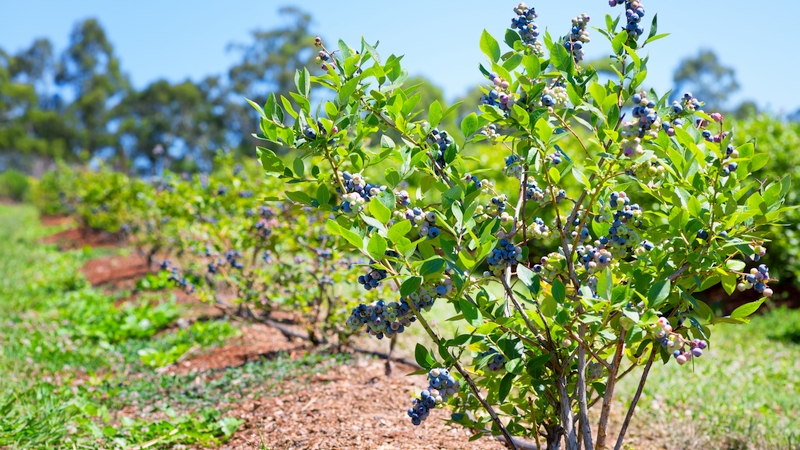Getting Ahead Of Navel Orangeworm
This season is shaping up to be a record-breaker for pistachio growers. With 2012 being an “on” year for the typical two-year pistachio production cycle, nearly 600 million pounds of nuts are expected to be harvested this fall. That compares to 448 million pounds in 2011, according to American Pistachio Growers.
The increased production is due largely to additional trees coming into production. Between 2003 and 2005, 21,500 acres of trees were planted, and another 25,000 new acres were planted in 2007 alone.
Along with industry growth comes continued concerns about proper pest control to maintain product quality. At or near the top of the “worst pests” list for nut production is navel orangeworm (NOW). It’s the most damaging worm for pistachios, primarily at hull split.
Strategies To Control NOW
Because navel orangeworm is a scavenger that survives from season to season on a variety of crops including pistachios and almonds, unharvested (mummy) nuts left on the tree or on the ground are a primary feed source. That makes postharvest orchard sanitation essential.
A trickier component of long-term NOW control is just as important: in-season monitoring. “The navel orangeworm is a complicated insect, and we’re still looking for better timing clues to its egg-laying cycle in pistachios,” says Todd Fukuda, tree nut consultant for Weinberger and Associates, Hanford, CA. “We use egg-laying traps and try to match that data with degree-day calculations to see a pattern. But we mainly rely on walking orchards mid-July and later, looking at the nuts for splitting in August and watching for early egg-laying. Once we see that, we begin working on our insecticide application strategies.”
Timing is everything when it comes to NOW control at hull split, he notes. “Once you’ve missed it, and you’ve got worms in the nuts, you’re in trouble. Most of the recent research seems to be pointing toward making an insecticide application a little earlier than in the past, so we’re leaning toward that.”
Tough Industry Standards
Fukuda says the industry threshold for pest damage to pistachios is just 0.5% at harvest. “So if damage gets up to the 2% or 3% levels in a crop, it’s bad.”
NOW control is not just a production concern for pistachio growers, but an industry concern, notes John Jenkins, retail account manager, DuPont Crop Protection. “NOW damage at hull split not only impacts nut quality, but could invite aflatoxin, which is a health concern for consumers. The pistachio industry can’t risk that kind of negative market impact when it comes to food safety.”
Choosing appropriate pest control products and making timely applications is critical to protecting valuable nut crops including pistachios, especially when exceptional yields are expected. Products such as DuPont Altacor insect control powered by Rynaxypyr can be one effective option. Altacor protects crops from NOW and other damaging pests and optimizes the potential to produce high-quality, high-yielding crops.
This technology represents a significant advance in both efficacy on target insect pests including NOW, and development of products with excellent environmental profiles, says Jenkins. Growers and applicators should look to crop protection technologies that improve field spray efficiencies. “Although there are many application and orchard variables to consider, including tree height and density, keeping the ground sprayer speed below 2 miles per hour is a critical component to a good application technique,” says Jenkins. “You’ll get better performing insecticides with fuller coverage during hull split.”
Another key way to gain additional overall field efficiencies is with products that have the shortest re-entry and pre-harvest intervals. And that kind of application flexibility is an advantage, notes Fukuda. “Application timing is so critical with NOW and a few days can make a huge difference.”
Long-lasting control is a key component to any pistachio insecticide program. “We look for products that have long residual control and are compatible with other products,” says Fukuda. “Tools need to fit not only into our integrated pest management plans, but also need to help us preserve this high-value crop from the ever-present NOW.”










